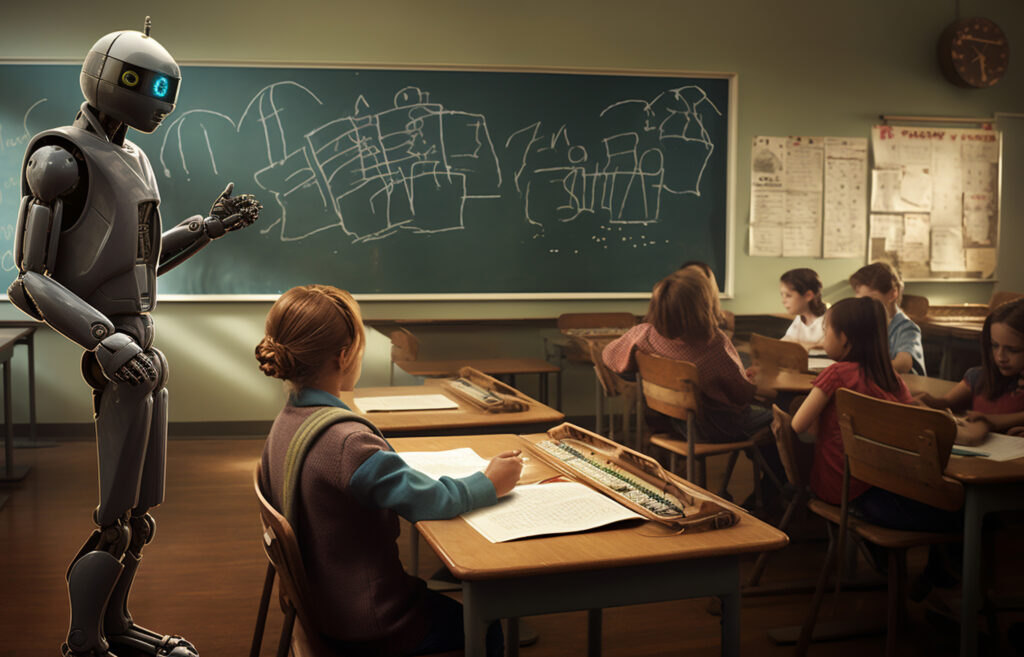
Gregory Kestin , Kelly Miller , Anna Klales, Timothy Milbourne, Gregorio Ponti
A study from Harvard’s Department of Physics shows that AI tutors can help students learn twice as much in less time, even compared to active learning classes.
In “AI Tutoring Outperforms Active Learning,” researchers tested AI-powered tutoring against in-person instruction in a large college physics course. Their AI tutor used GPT-4 and followed proven teaching strategies.
The results? Students using the AI tutor scored much higher, felt more motivated, and finished lessons faster than students in a live, active classroom.

5 Key Takeaways for Educators
🔹 AI Tutors Work, When Designed Well. This wasn’t just ChatGPT. The AI was carefully set up to guide students step-by-step, check answers, and keep them engaged.
🔹 More Learning, Less Time. Students using the AI tutor had over 2x the learning gains, while spending 20% less time on the lesson.
🔹 Students Felt More Engaged Compared to class. AI tutoring made students feel more engaged and motivated, according to surveys taken right after each session.
🔹 It’s All About Design. The tutor followed seven proven teaching principles, like managing cognitive load and encouraging a growth mindset. These methods matter.
🔹 AI Should Support, Not Replace. The authors suggest using AI before class to teach basics. Then, teachers can use in-person time for deeper work like problem-solving and discussion.
A Model for Future-Ready Learning
At #SVCH, we help educators and professionals turn insights like these into smart, ethical, and practical action.
Learn about AI and design the right way, with purpose, accuracy, and with student impact at the core.
🔗 Read the full paper: AI Tutoring Outperforms Active Learning (PDF) 🔗 Explore our #certification programs:
#AIinEducation #EdTech #AILiteracy #SVCH



0 Comments